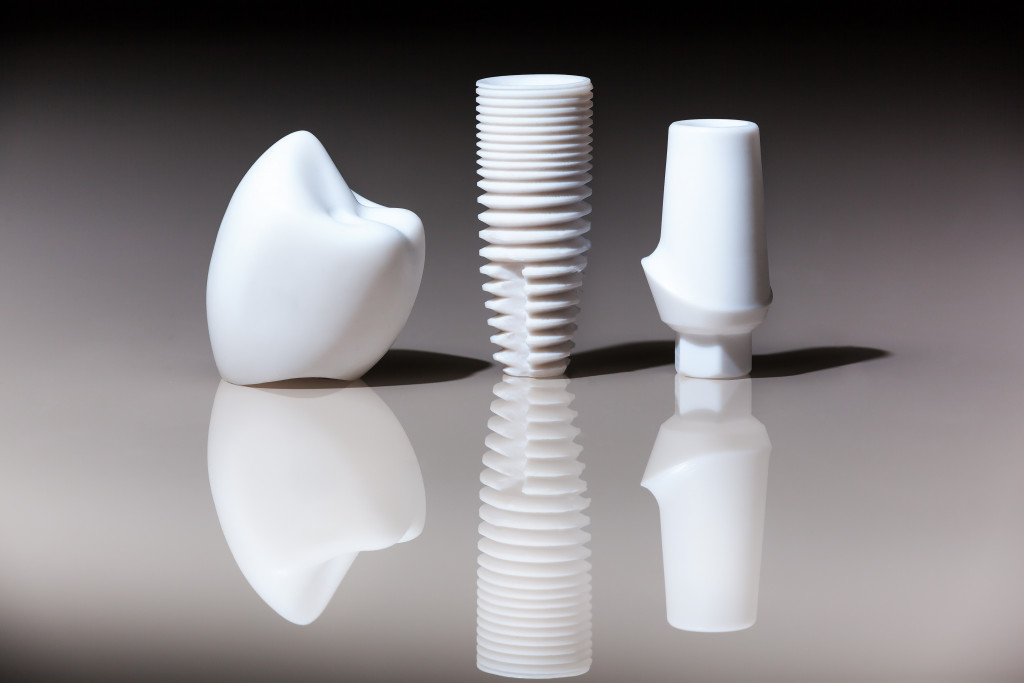Dental technology has come a long way in the past few years. With new advancements in dental materials and techniques, we can now restore smiles with greater accuracy and fewer complications. This article will discuss some of the latest technologies and procedures available for smile restoration.
1. Dental crowns
A dental crown is a cap placed over the top of a damaged tooth to restore its shape, size, and strength. Crowns can be made from various materials, including porcelain, ceramic, or metal.
Crowns were often large and bulky in the past, making them very noticeable. However, new advancements in dental technology have allowed the creation of more realistic-looking crowns that are less likely to be noticed by others. These new crowns are much more durable and last longer than older ones.
2. Dental veneers
Dental veneers are thin, custom-made shells placed over the front of the teeth to improve their appearance. Dentists can use them to close gaps between the teeth, cover dark stains, or even restore chipped or cracked teeth. One of the most significant benefits of dental veneers is that they require minimal alteration of the existing tooth structure, making them a good option for those who do not want to undergo more invasive procedures.
3. Dental implants
Dental implants are a great way to replace missing teeth with natural-looking, permanent teeth. These implants are made from titanium and can be used to support one or more false teeth. These are a popular choice for those who have lost teeth due to injury, disease, or age. But they can be pricey, so it’s essential to consult with your dentist to see if they are the right option. Some dentists may offer financing plans to help make this procedure more affordable.

4. Teeth whitening
Teeth whitening is a popular cosmetic procedure that can be done in the dentist’s office or at home. This procedure uses bleaching agents and lasers to remove stains and discoloration from the teeth, making them several shades lighter. It is often used to improve the appearance of stained or dull-looking teeth and can provide long-lasting results.
There are various products and methods available, so it’s important to talk to your dentist about which option is best for you. Some over-the-counter products may be ineffective or unsafe, so it’s essential to consult with your dentist before using any at-home whitening products.
5. Invisalign
Invisalign is a new orthodontic treatment that uses clear aligners to gently move the teeth into the desired position. These aligners are virtually invisible, making them a popular choice for adults who want straighter teeth but do not want to wear metal braces.
The aligners are made from a transparent, plastic material and are custom-fitted to your teeth. They are worn for 20 to 22 hours per day and are removed for eating, drinking, and brushing your teeth. Treatment with Invisalign is less expensive than traditional braces and typically takes about the same amount of time to complete.
6. Inlays and outlays
Inlays and outlays are a type of dental restoration used to repair large cavities and damaged teeth. They are usually made from porcelain, gold, or composite materials and can be customized to blend in with the natural appearance of your teeth.
Inlays and outlays are often recommended for those with large or deep cavities that dentists cannot repair with a traditional filling. They can help restore the shape, size, and appearance of your teeth, allowing you to smile confidently.
7. Gum contouring
Gum contouring is a procedure used to reshape and recontour the gums, either to improve the smile’s appearance or to correct a functional problem. This procedure is often used by dentists to correct a “gummy” smile, where too much gum tissue covers the teeth. It can also be used to even out uneven gum lines or reduce large gums’ size.
8. Root canal therapy
Root canal therapy is a procedure used to repair and restore damaged teeth. This treatment involves removing the damaged portion of the tooth, including the pulp, root canal, and surrounding tissue. The tooth is then filled with a special material to prevent further damage.
Root canal therapy now uses advanced technology to create a more comfortable and effective treatment. This procedure can often be completed in one or two visits, depending on the severity of the damage.
Dental technology has come a long way in recent years, and there are now several advanced procedures available to restore damaged teeth. If you are considering smile restoration, talk to your dentist about all of your options. With the latest dental technology, you can have a healthy and beautiful smile that you can be proud of.

